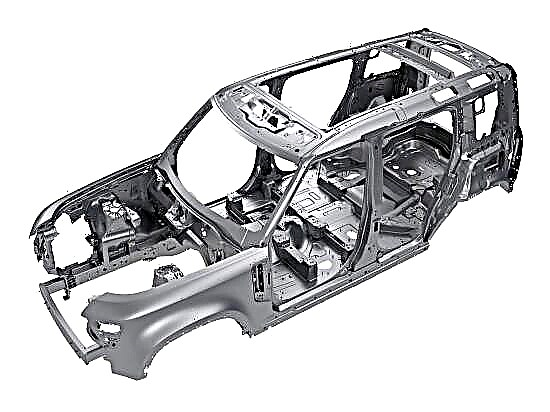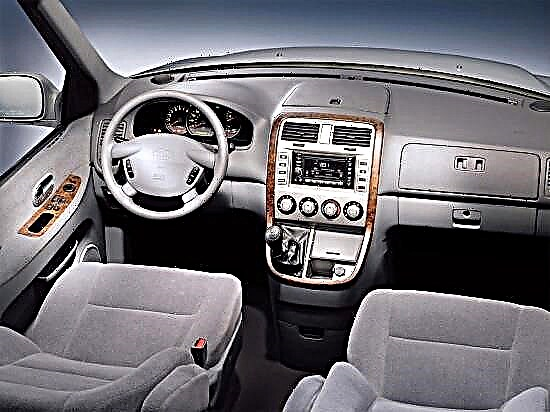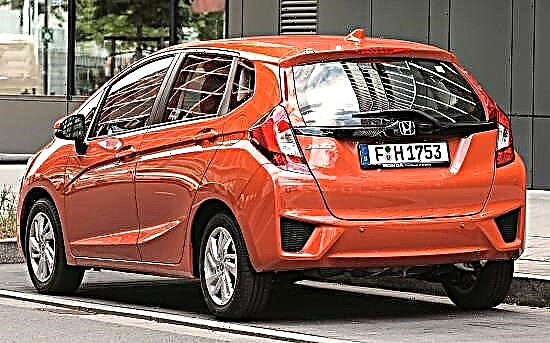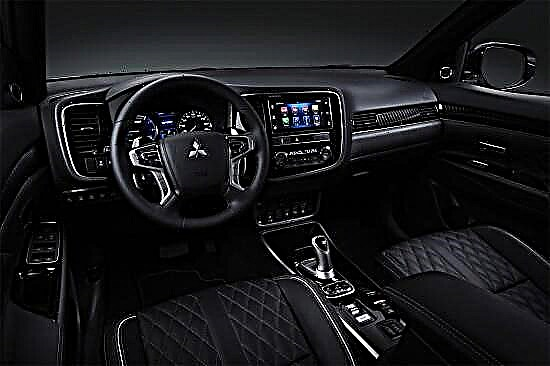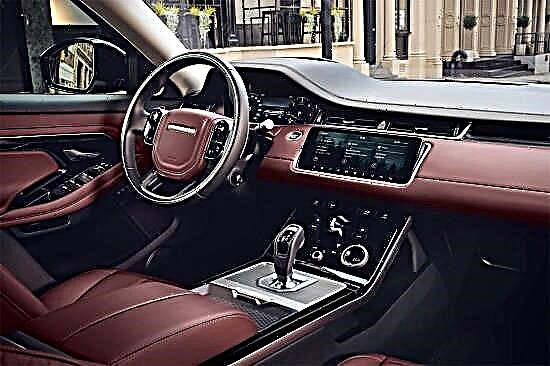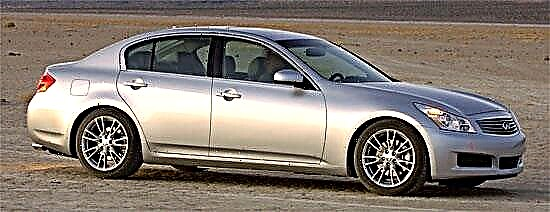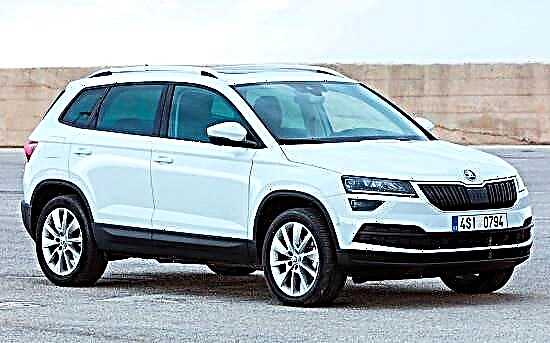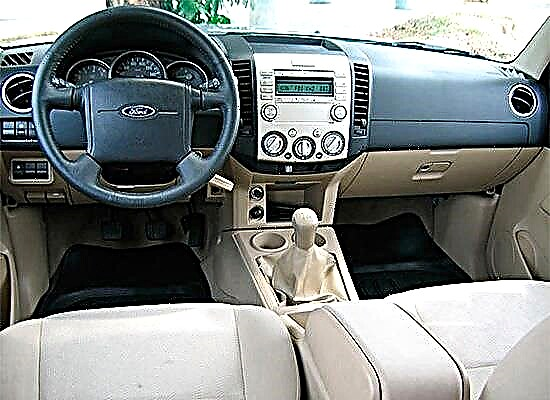The second generation Ford Everest SUV debuted on December 1, 2006 at the Thailand International Motor Show. In 2009, the car underwent an update, as a result of which it received a slightly changed appearance and new equipment. The production of the model continued until 2012, after which it was completed.

The "second" Ford Everest is a full-size SUV with a seven-seater saloon and frame structure. The length of the car exceeds the mark of five meters - 5062 mm, and the height and width, respectively, are 1826 and 1788 mm. The wheelbase is 2860 mm, and the ground clearance (clearance) is 207 mm. Depending on the modification, the curb weight of "Everest" varies from 1895 to 2026 kg.

Under the hood of the second generation Ford Everest, two four-cylinder Ford Duratorq TDCi diesel turbo engines were installed. The 2.5-liter unit has a capacity of 143 horsepower at 3500 rpm and develops 330 Nm of maximum torque at 1800 rpm. The three-liter engine produces 156 "horses" at 3200 rpm and 380 Nm at 1800 rpm.
Turbodiesels are combined with 5-speed "mechanics" or 5-speed "automatic".
Rear-wheel drive transmission works with the first engine, and all-wheel drive with the second one.
As for the suspension arrangement, the front on the "second" Ford Everest uses an independent design with a double wishbone and a longitudinal torsion bar, and at the rear - a dependent one with shock absorbers, leaf springs and a transverse stabilizer. Ventilated disc brakes are installed on the front wheels, and drum brakes on the rear.
The merits of the Ford Everest include a solid appearance, a roomy and rather comfortable interior, high-torque diesel engines and a decent level of equipment. Disadvantages - weak dynamics (but no one expects much from such an SUV).

